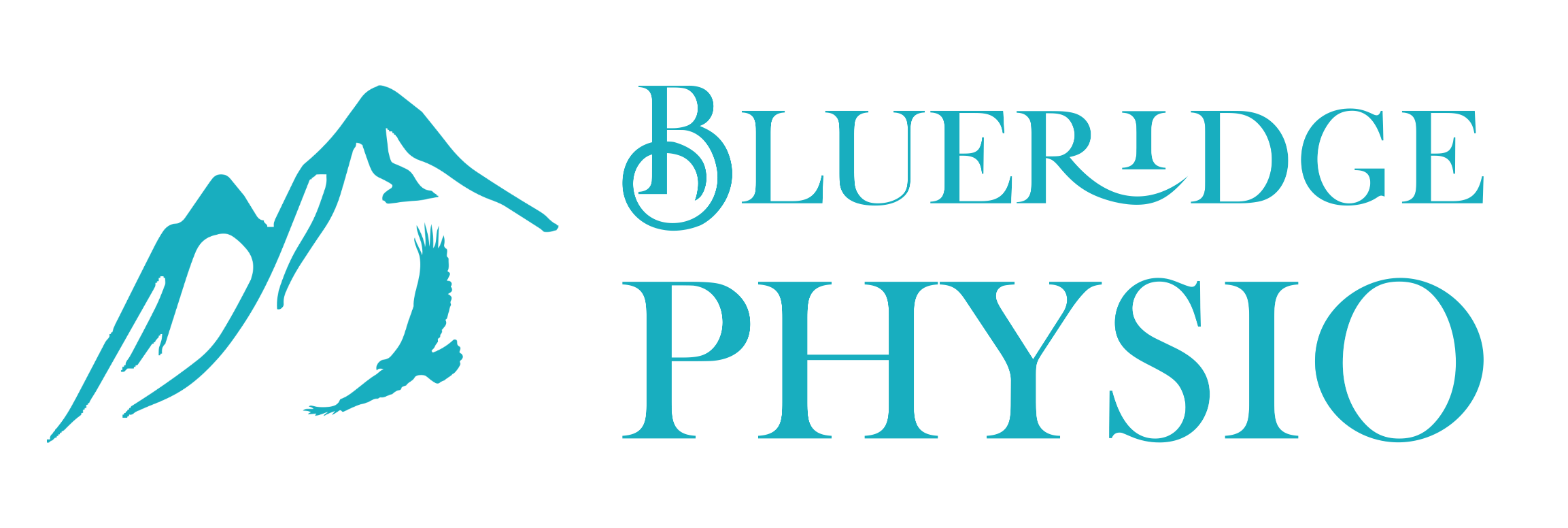
Benefits of IMS in Physiotherapy? – A Detailed Guide
Intramuscular stimulation (IMS), also known as dry needling or trigger point dry needling, is a form of physiotherapy treatment that involves the insertion of thin needles into specific points in the muscle. The goal of IMS is to release muscle tension, improve muscle function, and reduce pain.
How is it different from Acupuncture?
Acupuncture came first:). Acupuncture treats points along meridians that were derived from thousands of years of empirical knowledge in the practice of Traditional Chinese Medicine. IMS has a western medical approach and addresses dysfunction looking at the anatomical structure of the body rather than energy meridians. Both forms of ‘needling’ may be very effective – the approach however, is different.
How does it work?
Think of your muscles like a tangled ball of yarn. When they’re all knotted up, tight and tender to the touch, they can’t function properly and you might experience pain and functional impairments. That’s where IMS comes in. By inserting needles into specific points in your muscles, called ‘trigger points’ we can help to release those knots and get your muscles functioning at their best again.
The needles used in IMS are very thin and solid, and they do not contain any medication. They are inserted into the muscle to a specific depth, depending on the location and condition being treated. It’s important that your Physiotherapist communicate with you to work within your comfort level, and help you to relax during during the treatment.
What kinds of conditions can IMS help with?
IMS can be an effective treatment option for a wide range of conditions including back pain, neck pain, shoulder pain, tendinopathies, carpal tunnel syndrome, sciatica, TMJ, tension headaches and chronic pain and whiplash.
How does it feel and what are the side effects?
IMS will sometimes cause a twitch response in the muscle, which is a normal and expected reaction. This twitch response is thought to be caused by the stimulation of nerve endings in the muscle, and it is believed to help to release muscle tension and improve muscle function.
IMS is generally a well-tolerated treatment option, with few side effects. Some people may experience mild pain or discomfort during treatment, but this is usually temporary and resolves quickly. You may also experience some soreness 12 to 24 hours after. I like to tell my clients to think of this soreness like the after effects of a good workout at the gym.
How does this work with the rest of my physio?
Although IMS can be used alone, I find that it works best a ‘neurological reset’ and that underlying imbalances in the body will most likely benefit from other treatments including therapeutic exercise, and manual therapy.
Is it for you?
Ultimately it is important to be assessed by a physiotherapist with IMS certification to ensure that it is suitable for your condition and overall health picture/presentation. It is a safe and effective treatment option for a wide range of musculoskeletal and neurological conditions.There are some situations in which IMS may not be recommended by your practitioner including certain points during pregnancy, if you are immunocompromised, on blood thinners or have an infection in the area. If you have any questions about this treatment modality please feel free to contact me at mary@blueridgephysio.com prior to booking (link to booking site). Although IMS can have some pain associated, as a practitioner I will meet you where you’re at in terms of comfort and pain tolerance, and in many cases will be very gentle in my approach to help your nervous system to relax.
Testimonial:
I saw Mary Stern, physiotherapist for IMS for my thoracic outlet/shoulder/arm pain. I did not think ANYTHING could help the nerve pain or deep muscle spasms! I am now pain free and back to my former self.
Though the treatment can be VERY uncomfortable, even painful, and the after-effects can last for 1-2 days following, the release of muscle tension and pain relief have been real and lasting.
Mary has, in fact, released muscle tension that preced shoulder injury exacerbation. I strongly recommend seeing her.
S.P.




